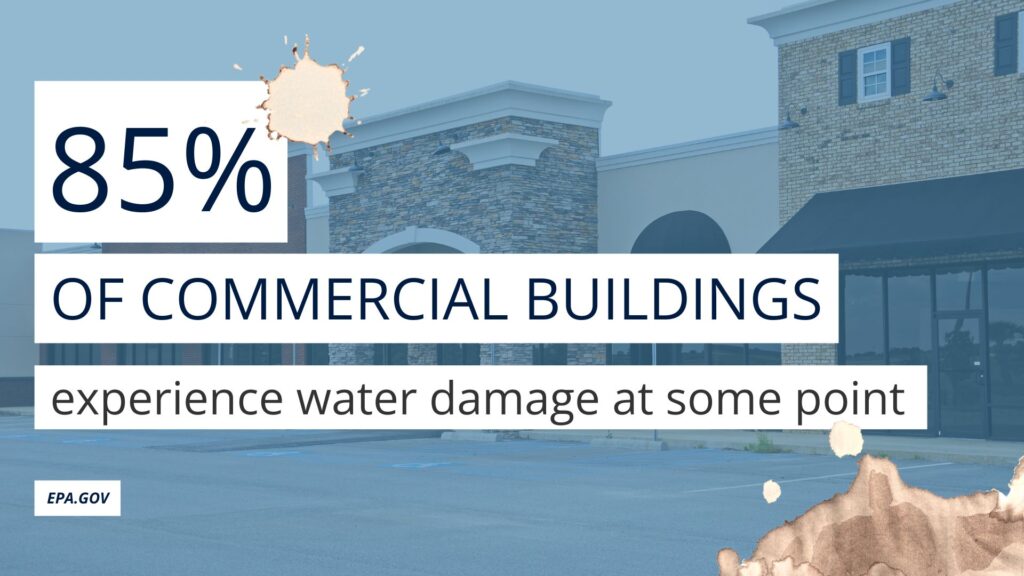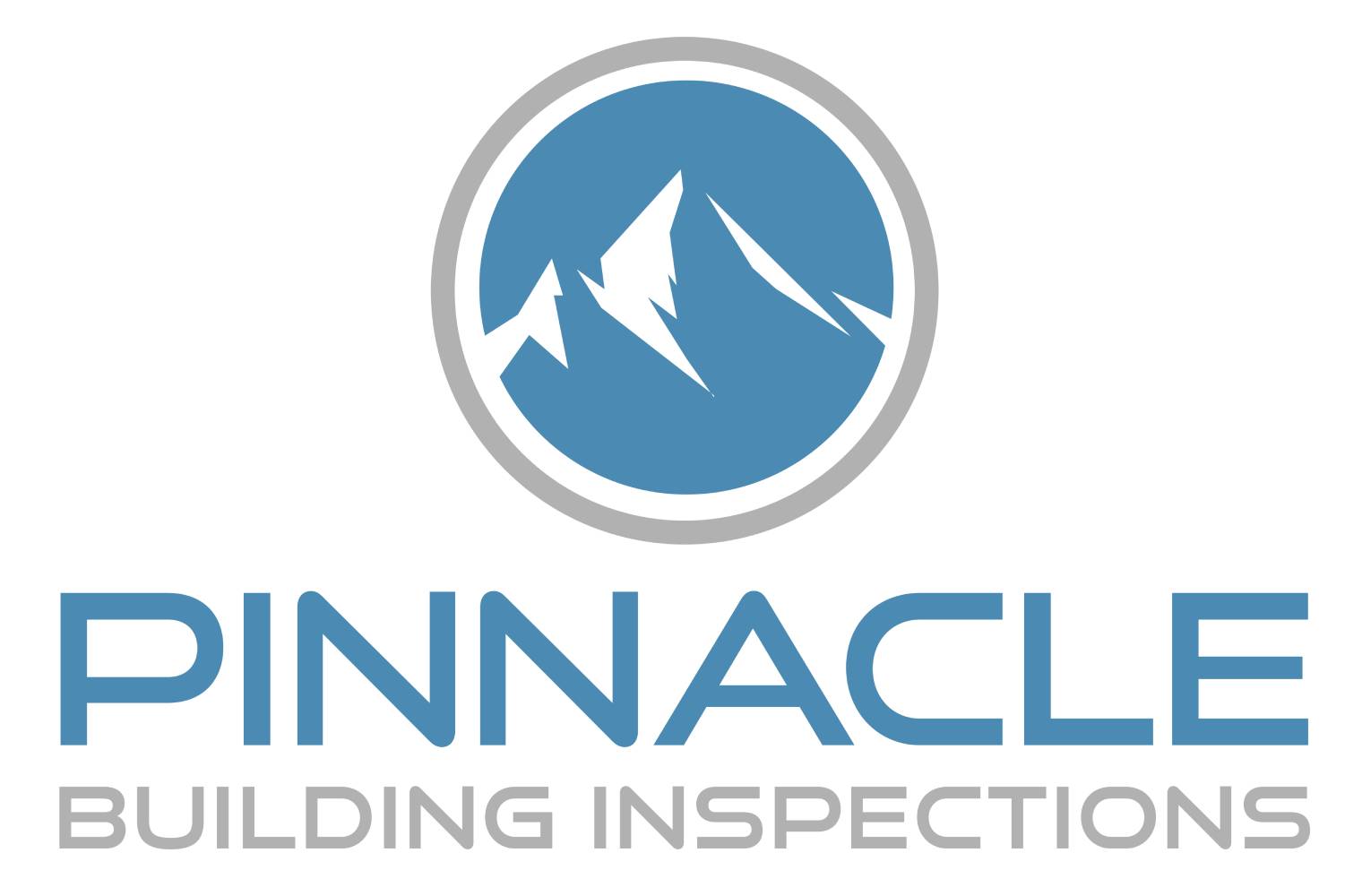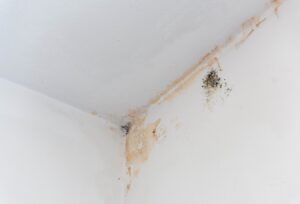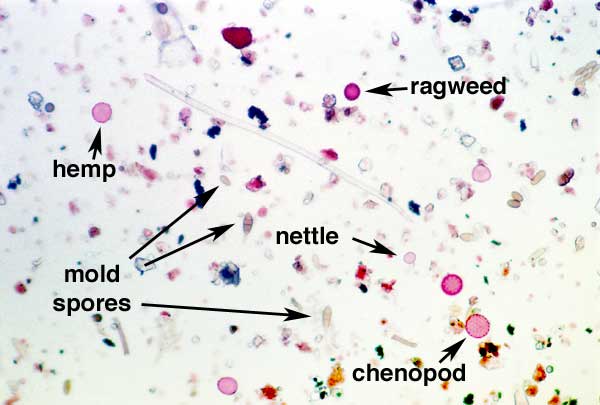You can’t always see mold. You might not even smell it. But it can still be in the air, affecting the people inside your building every single day.
In commercial spaces, indoor air quality plays a major role in employee health, tenant satisfaction, and even legal compliance. Mold is one of the most common hidden threats. It can spread quickly after water damage, go unnoticed in older HVAC systems, or quietly build up in damp corners of the building.
Knowing when and why to test for mold in air can help you catch small issues before they turn into expensive problems.
Mold Often Spreads Where You Least Expect It
The EPA’s Building Assessment Survey and Evaluation (BASE) study found something important. It showed that 85% of commercial buildings had water damage.
Also, 45% of these buildings had leaks when the survey was done. That statistic matters because mold thrives in wet environments. It only takes a little moisture and a little time for spores to spread into the air.
Here are a few places mold often hides:
-
Behind ceiling tiles or drywall
-
Inside ductwork and air returns
-
Around poorly sealed windows and rooflines
-
Beneath floors in areas with plumbing or drainage issues
These are not areas you check every day. That’s why air testing is such a valuable tool. It can detect mold even when there are no visible signs or strong odors. Catching those early traces means fewer repairs, fewer complaints, and less downtime for your building.

When to Test for Mold in Indoor Air
Mold testing is not just for worst-case scenarios. There are several clear signs that tell you it’s time to call in a professional for an air quality check in a commercial space.
1. After a leak or flood
Mold can start growing within 24 to 48 hours after water exposure. If your building has had a plumbing issue, roof leak, or flooding event, air testing is a smart next step.
2. When people complain about musty odors
A stale or damp smell that lingers can be an early indicator that spores are circulating through the HVAC system.
3. Before occupying or renovating a space
If a unit or floor has been sitting empty, moisture and mold could have built up quietly over time. Testing ensures a clean start for new tenants or teams.
4. When employees report health symptoms
Unexplained coughing, headaches, skin irritation, and sinus problems are often linked to poor indoor air quality. If multiple people are experiencing symptoms, mold could be part of the issue.
5. As part of scheduled building maintenance
Some industries, like healthcare or childcare, require routine mold checks. Even in less regulated spaces, testing can help ensure a safe, well-maintained facility.
Why Test for Mold in Air Samples Before Trouble
Waiting until you see visible mold can cost your business more than you think. Commercial mold remediation costs can range from $2,000 to $6,000 or more, depending on how far the mold has spread and how much drywall, flooring, or insulation needs to be replaced.
Testing helps you:
-
Stay ahead of major damage
-
Avoid tenant or employee complaints
-
Document building health for insurance or compliance
-
Support lease renewals and resale value
It’s also a preventive tool. Regular testing gives you a clearer picture of your building’s air quality over time and helps you track the impact of upgrades or repairs.
How Mold Air Testing Works in Commercial Spaces
Professional mold testing goes beyond surface swabs or DIY kits. Here’s how certified inspectors like Pinnacle Building Inspections handle the process:
Air Sampling
Using spore trap cassettes and calibrated pumps, samples are collected from multiple indoor areas. These samples are compared to outdoor air to determine whether mold levels are elevated indoors. Here’s what an air sample containing mold spores can look like under a microscope!
Lab Analysis
The samples are sent to an accredited lab to identify the type and quantity of mold spores in the air. This helps determine whether the mold is common and harmless or toxic and needs remediation.
Surface Testing (if needed)
If visible signs of mold are present, inspectors may also collect surface samples to verify the source.
Final Report
You’ll receive a detailed report outlining findings, areas of concern, and expert recommendations for cleanup or further action.
This method gives you data you can trust and documentation you can share with tenants, insurers, or stakeholders.
Other Maintenance That Helps Prevent Mold
Testing is important, but prevention is even better. To help reduce the chance of indoor mold growth, consider adding these items to your building maintenance plan:
-
Inspect HVAC units and replace filters regularly
-
Address leaks and standing water as soon as possible
-
Keep humidity levels below 60 percent in all rooms
-
Make sure restrooms and kitchens are well-ventilated
-
Install dehumidifiers or vapor barriers in crawl spaces or basements
Staying proactive helps protect your building, your people, and your budget.
When to Call a Professional Mold Inspector
Not every building needs constant testing, but there are key moments when it makes sense to bring in a certified inspector:
-
You suspect mold but can’t find the source
-
You’ve had recent water damage or flooding
-
You’re preparing for a property sale or new lease
-
Your HVAC system is due for a major upgrade
-
People inside the building are experiencing persistent health symptoms
At Pinnacle Building Inspections, we specialize in professional mold testing for commercial properties. Our team understands the risks, the regulations, and the importance of clear, accurate results.
Conclusion
Mold is not always visible, but it can impact your building in real ways. Testing the air for mold is a simple, effective way to catch hidden issues early and protect the people who rely on your space.
If you’re managing a commercial property and think it may be time to test for mold in air, Pinnacle Building Inspections can help. Our certified team provides accurate, professional mold testing services tailored to your building’s needs.
Schedule your commercial inspection today and make sure your air is clean, safe, and compliant.


